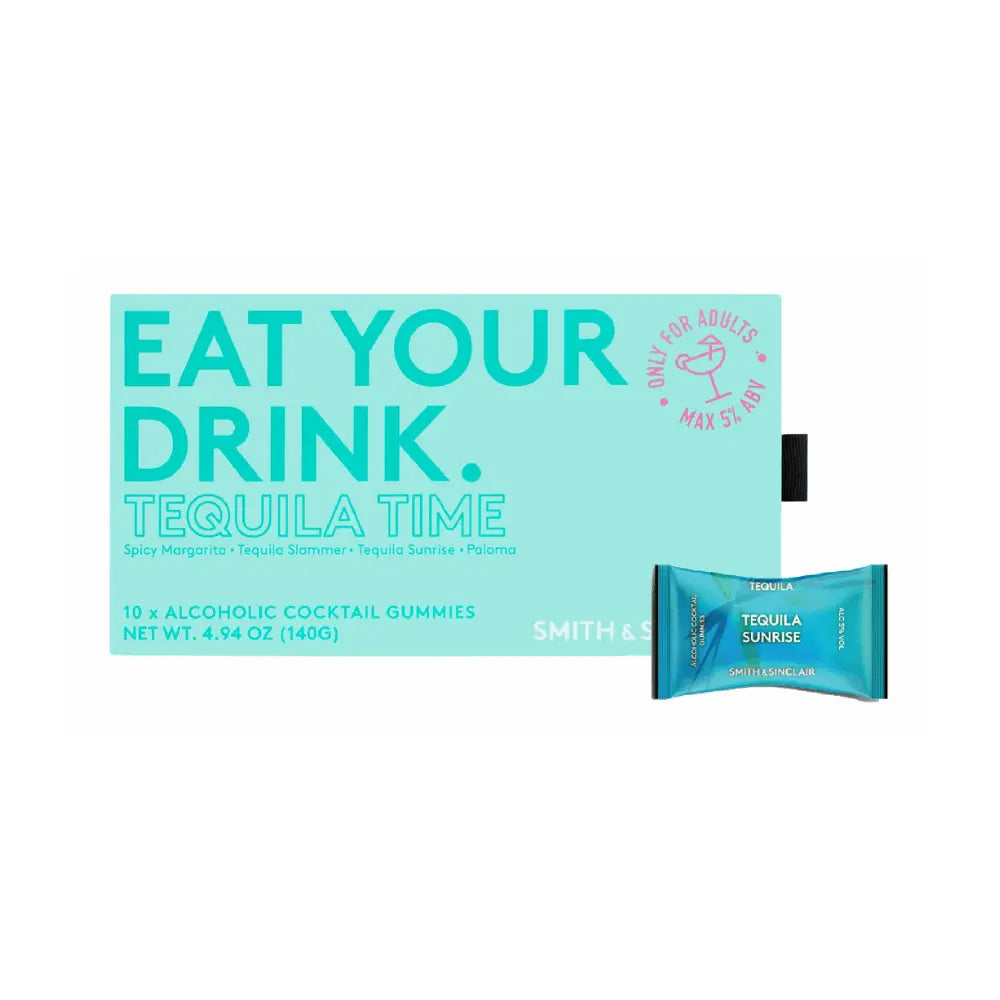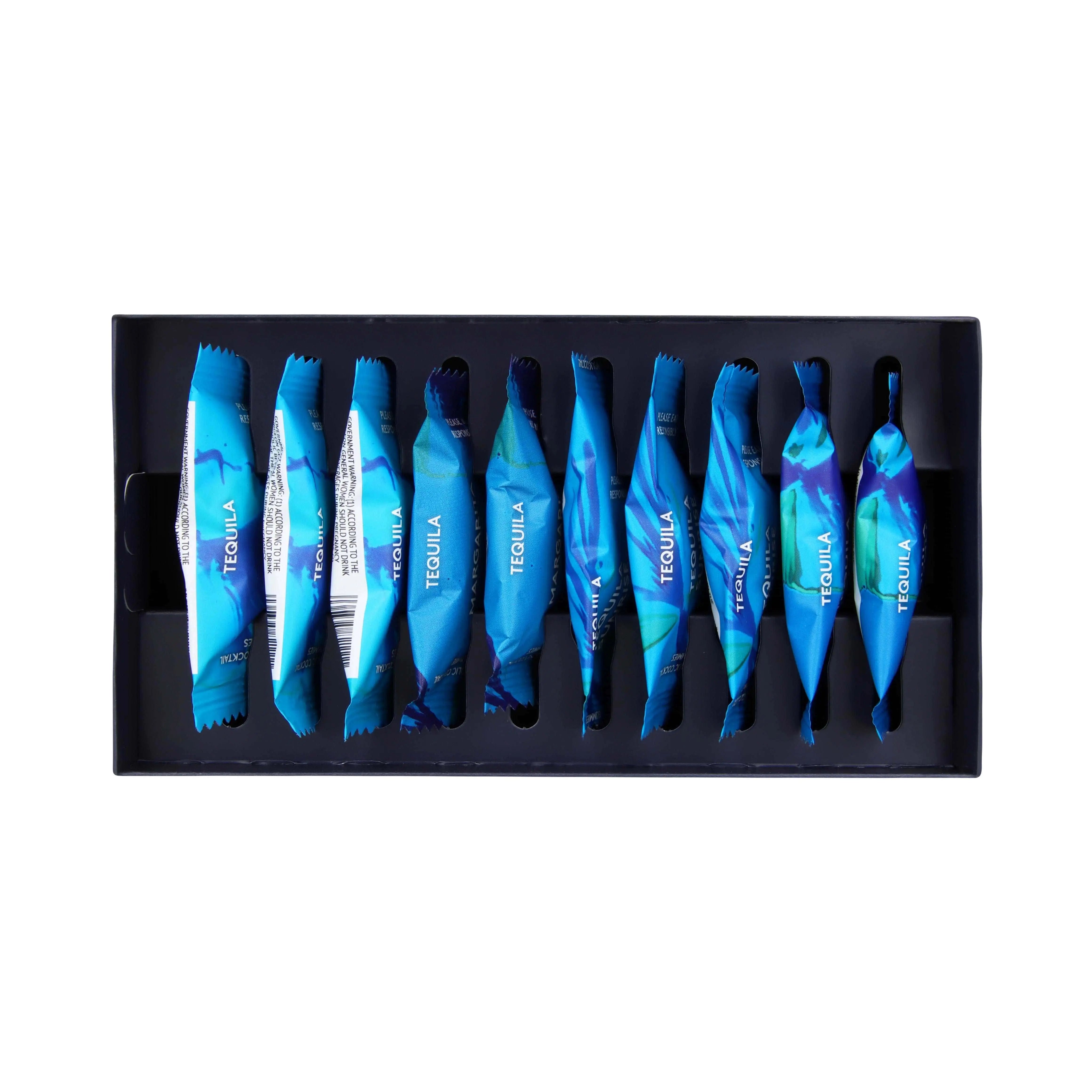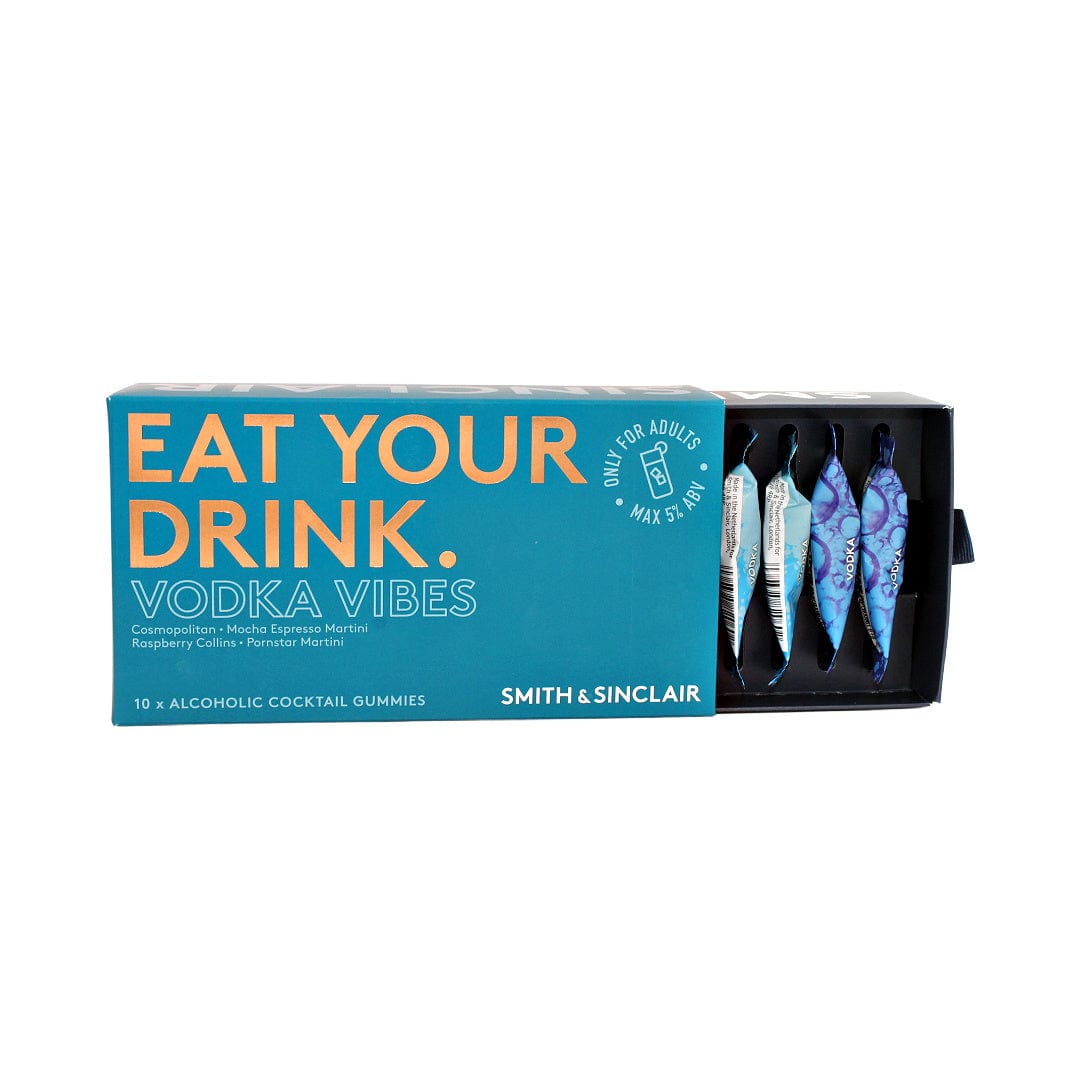
Are Candy Sticks Safe for Children? A Parent’s Guide to Age-Appropriate Sweets

It’s the kind of moment we all know: a holiday party, a birthday bag, or that colourful jar on the shop counter filled with rainbow candy sticks. Your child’s eyes light up at the sight of those shiny, striped treats. They’re simple, nostalgic, and tempting, but in the back of our minds, we can’t help but wonder: are candy sticks safe for children, especially considering the effects of added sugar?
We’ve heard about choking hazards, dental issues, and added sugar. Yet we also remember the joy of unwrapping a sweet treat ourselves. The truth? Safety depends on the child’s age, chewing ability, and how we, as parents, guide the experience.
Introduction to Candy Safety
When it comes to sweet treats, candy safety is a top priority for parents. Choking hazards are a leading cause of injury and even death among infants and toddlers, making it crucial to understand which candies pose the greatest risks.
According to disease control experts, children under the age of three are especially vulnerable to choking on foods like hard candies, jelly beans, and gummy candies. These types of candy can easily become lodged in a child’s airway, particularly if the child is still learning to chew and swallow properly.
By staying informed about the hazards and being mindful of your child’s age and abilities, you can help reduce the risk and allow your little ones to enjoy candy safely.
What Exactly Are Candy Sticks?
Candy sticks come in many forms. Some are hard sweets, like a rock candy stick, peppermint stick, or candy sugar stick, for example, hard candy, meant to be sucked slowly. These can splinter if bitten and have high sugar levels.
Others are chewy or soft, like gummy sweets, liquorice ropes, or cotton candy-inspired sticks, which are gentler but still risky if eaten in tough or large chunks.
They’re designed to appeal to a sweet tooth, but texture and size are key to safety. For example, a large hard candy stick can pose a choking hazard for young children during meals.
The Choking Risk: Why Age Matters
Hard foods like candy sticks, lollipops, and chewing gum are a leading cause of choking in small children. The American Academy of Pediatrics lists them among high-risk items for younger children. Children of different ages face varying levels of risk, with babies and toddlers being especially vulnerable to choking hazards due to their limited chewing skills, particularly in infants. Babies, toddlers, and pre-schoolers are more likely to:
-
Struggle to chew properly, making babies particularly at risk of choking on foods that are not age-appropriate.
-
Get distracted while eating.
-
Swallow large chunks instead of small bites.
The choking risk drops for an older age group, around six and up, who can chew well and follow rules like sitting still while eating. But choking prevention is always important, no matter the age. In severe cases, if a child chokes, they may be unable to breathe, which requires immediate action.
Paediatric Age Guidelines
Here’s a more relatable guide:
-
Infants and toddlers (0–3 years): No candy sticks, chewing gum, small toys, hard sweets, corn kernels, or melon balls; they’re all hazards.
-
Pre-schoolers (4–5 years): Still a high risk. Even small pieces of sweets can get stuck.
-
School-age children (6+ years): Safer with supervision, smaller bite-sized pieces, and reminders to chew well. Treats like taffy can be enjoyed with supervision, but hard candies should still be avoided. Always serve candy and other foods in smaller pieces to reduce risk.
Readiness isn’t just about age; it’s about maturity and understanding how to prevent choking. Other foods like nuts, seeds, and meat (especially with bones) are also common choking hazards for young children.
Cotton Candy and Other Soft Options
Cotton candy is often seen as a safer sweet treat for children because it melts quickly in the mouth, lowering the risk of choking compared to hard candies. Its airy texture dissolves almost instantly, making it less likely to get stuck in a child’s throat.
Other soft foods, such as melon balls, fruit leather, and soft-baked cookies, can also be good alternatives to traditional candies. However, even these softer options can pose a choking hazard if children take large bites or try to eat too quickly. Parents should always supervise their children during snack time, encourage them to take small bites, and remind them to chew thoroughly before swallowing. This way, kids can enjoy their favorite treats with less risk.
Chewing Gum and Choking Prevention
Chewing gum is a classic favorite, but it can be a significant choking hazard for young children, similar to small toys. Its sticky texture means that if a piece of gum is accidentally swallowed whole or not chewed properly, it can easily become lodged in the throat.
To prevent choking, it’s best to avoid giving chewing gum to children under the age of five. For older kids, parents can look for sugar-free gum or varieties made specifically for children, but supervision is still key.
Always remind children to chew gum slowly, never run or play while chewing, and spit it out when they’re done. These simple steps can help keep gum a fun treat without unnecessary risk.
Safer Sweet Options for Younger Children
If your child isn’t ready for candy sticks, try healthy alternatives:
-
Soft fruit pieces like ripe melon balls or berries.
-
Yoghurt melts and dissolves quickly. These can be a good option for babies who are just starting solids, but always supervise closely as they can still pose a choking risk.
-
Seed butters spread thin on soft bread. Avoid whole seeds and nuts for young children, as they are choking hazards until children have developed their molars and can chew thoroughly.
-
Jelly beans for older pre-schoolers who can chew well.
-
Homemade gummy sweets with less added sugar.
Always serve food in smaller pieces to reduce choking hazards. These keep the fun without the hazards.
The Dental Health Factor
Even for older children, candy sticks, especially sticky or sugary sweets like chocolate, jelly beans, and lollipops, can harm teeth. Sugar left in the mouth feeds bacteria and can cause cavities.
To protect their smile:
-
Offer water after sweets.
-
Encourage brushing 30 minutes after eating.
-
Keep treats to mealtimes, not between them.
Safe Eating Habits
Establishing safe eating habits is one of the best ways to prevent choking and encourage healthier eating in children during feeding times. Teach your child to sit down while eating, take small bites, and avoid talking or laughing with food in their mouth.
Encourage them to chew each bite thoroughly before swallowing, especially when enjoying sweet treats like candy sticks, jelly beans, or marshmallows. Make mealtimes calm and distraction-free, so your child can focus on eating safely.
By modeling these habits yourself and gently reminding your child, you help create a safer environment for enjoying all kinds of foods, from fruits and vegetables to the occasional sweet treat.
Supervised Sweet Time

Whether it’s a rock candy stick or a glitter drink topped with edible glitter for drinks, safety starts with us:
-
Stay nearby until the snack is finished.
-
Ensure they sit while eating.
-
Give only small pieces.
-
Teach safe chewing habits.
It’s about enjoying sweets while keeping risks low.
Watch for Recalls and Warnings
From rainbow candy sticks to chewing gum, some products, including hard foods, get recalled for breaking into dangerous pieces or containing unsafe ingredients. Check disease control resources, government safety alerts, and parenting groups for updates.
If Choking Happens
Signs of a child choking include trouble breathing, blue lips, or grabbing at the throat. If the airway is blocked, the child may be unable to breathe. Call emergency services immediately. For older children, perform the Heimlich manoeuvre; for infants, alternate back blows and chest compressions. Knowing these steps can prevent tragedy.
Healthy Candy Alternatives
If you’re looking to satisfy your child’s sweet tooth while supporting healthier eating habits, there are plenty of creative alternatives to traditional candy. Try offering naturally sweet snacks like sliced bananas, berries, or apple rings.
Homemade fruit popsicles, dark chocolate-dipped strawberries, or yogurt parfaits with a drizzle of honey can be just as exciting as store-bought sweets. For a fun twist, make your own “candy” by freezing grapes or blending fruit into bite-sized smoothie drops.
These options are lower in added sugars and provide vitamins and fiber, making them a smart choice for kids of any age group. By introducing these healthy alternatives, you can help your child develop a love for nutritious foods while still enjoying the occasional treat.
Choosing Sweets Wisely
When we buy candy sticks online or pick them up in-store:
-
Check the label for age recommendations.
-
Avoid hard sweets for younger children.
-
Offer small pieces instead of large chunks.
-
Choose healthier eating habits by balancing sweets with fruit and other snacks.
FAQs
At what age can children safely eat candy sticks?
Most paediatric experts suggest waiting until at least age six, when chewing skills and safety awareness are more developed.
Why are hard sweets a choking hazard?
Hard candies can get stuck in the throat, especially for younger children who may try to swallow without chewing fully.
Are chewy candy sticks safer than hard ones?
They can be, but large chunks or sticky textures still pose risks if not chewed properly.
What should I do if my child starts choking on a sweet?
Call emergency services, perform age-appropriate choking first aid, and seek medical attention.
How can I reduce dental risks from sweets?
Limit sugary treats, encourage brushing, and offer water after eating.
Are there safer alternatives for young children?
Yes, soft fruits, yoghurt melts, and homemade gummies are better for toddlers and pre-schoolers.
What recent recalls involve candy-like sweets for kids?
Check official government recall sites or parenting groups for the latest updates.
Final Word: Sweetness Without Stress
Are candy sticks safe for children? For small children, it’s better to wait. For older children, they can be part of fun meals or snacks if eaten in small pieces, while seated, and with supervision, especially for toddlers.
With thoughtful feeding habits, we can keep sweets as a happy treat, not a hazard.











